6. Children of Heaven – Majid Majidi
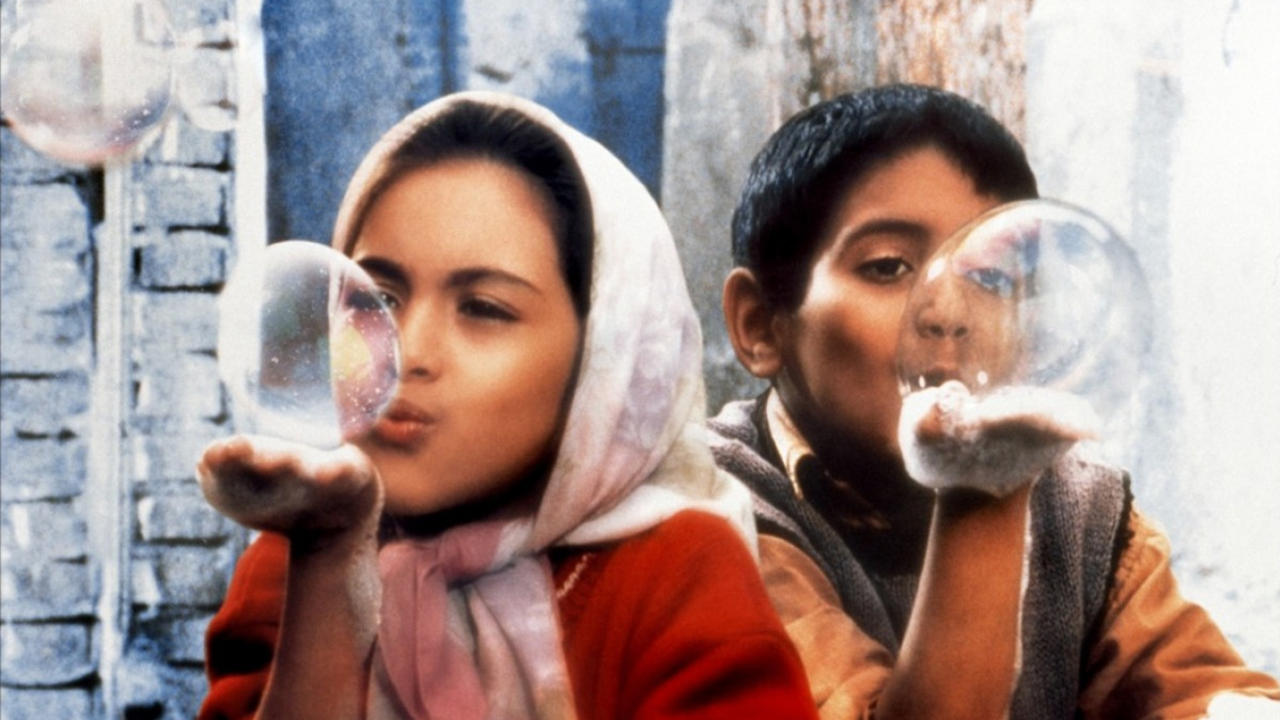
This Iranian film is one of the greatest examples of how classic narrative techniques can be used to tell the story of rather unique and contemporary characters. In this film, we see a clear conflict develop around a very clear object of desire. A young kid loses the shoes of her younger sisters. Due to the poverty of their family, the kid and his sisters try to keep the loss as a secret as the try to recover the lost shoes.
The film is extremely moving as it shows very clearly the importance of the two kids as they try to be kind to each other but also struggle to keep the secret. There are many episodes in which the kids display kindness and determination. We know their secret and we know why they are running through the city, trying to take third place in a race, even. This makes us engage with the kids and feel with them the importance of facing an indifferent and harsh world.
7. Life, And Nothing More – Abbas Kiarostami
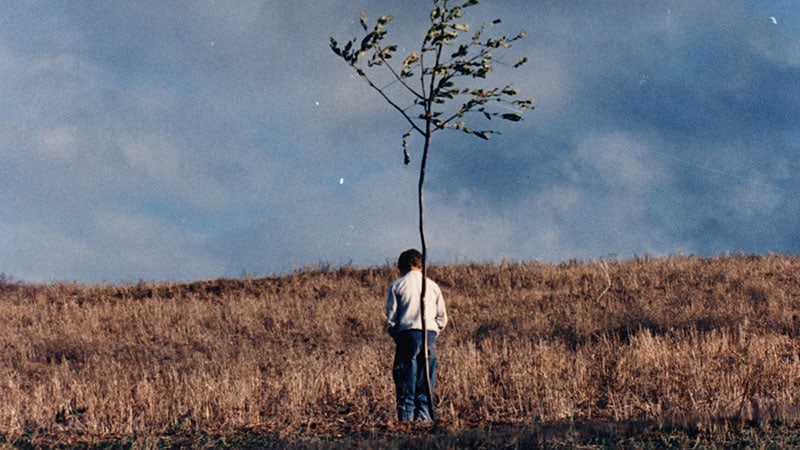
This is the second delivery from Abbas Kiarostami where he gradually broke the threshold between reality and fiction. While the first delivery of the trilogy was more of a fictional work, “Life, And Nothing More” is a film that more strongly references reality and filmmaking.
The film displays the aftermath of an earthquake that happened in reality. Writing in the aftermath, a filmmaker and his son go looking for an actor who appeared in the last film of the director, referencing Kiarostami himself.
The film is a great example of the way in which Kiarostami was able to break the convention of cinema. The first case is that he references himself and makes a fictional version of him as the protagonist of the film. The second one is how he uses traditional elements of film in his own unique way.
Almost all of the journey through the damaged Iran is done in a car, but the montage and structure make the car a location where the relationship of the characters develop and transform.
8. The Salt of the Earth – Wim Wenders
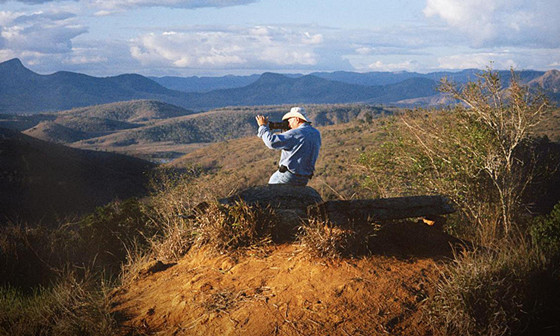
The portrait the Wim Wenders made on the career and character of Brazilian photographer Sebastiao Salgado is one of the most moving and profound documentaries in contemporary cinema.
The documentary is crafted with interviews with Salgado and the people close to him, with montages of the photographs of Salgado and with a portrayal of the land the Salgado family owns and rehabilitated. The relationship that Wenders established with the family is very close, since the son of Salgado is involved in the direction of the documentary.
Through the film, we discover the harsh journey that Salgado has walked though his life with his wife Lélia. From the decision to end his career in economics and become a photographer, to the gradual loss of hope that he had due to seeing the most cruel and painful aspect of the human condition.
Then we see how Lélia helped Salgado recover hope and take a radical turn in his career as a photographer, focusing on nature and starting a journey that will take 10 years of his life.
9. Rome Open City – Roberto Rossellini
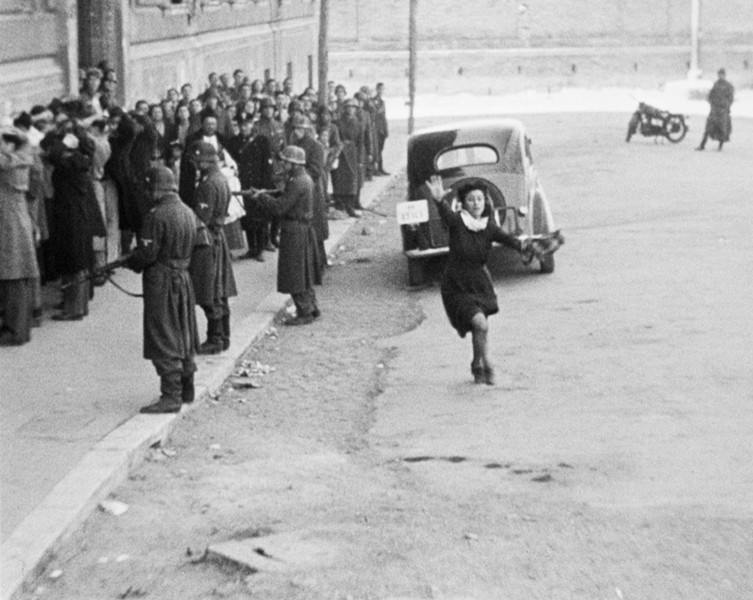
Done after the global convulsion that was the Second World War, the War Trilogy directed by Roberto Rossellini is one of the most influential trilogies in the history of film. The films helped shape what was understood as Italian neorealism. The first film of the trilogy was “Rome Open City,” which was released in 1945. The film was the portrait of a Nazi-occupied Rome, where a few characters try to resist the German violence and persecution.
The harshness of war can be seen in the treatment the film gives to its characters. Played by known actors but with a very distinct production scheme, the film uses the city as a set and thus the famous actors are seen in a context that were strange to them. Displaying characters that have been neglected from Italian cinema, “Rome Open City” reveals the cruelty and violence that the war implied for the people in occupied cities.
10. Ghost Dog: The Way of the Samurai – Jim Jarmusch
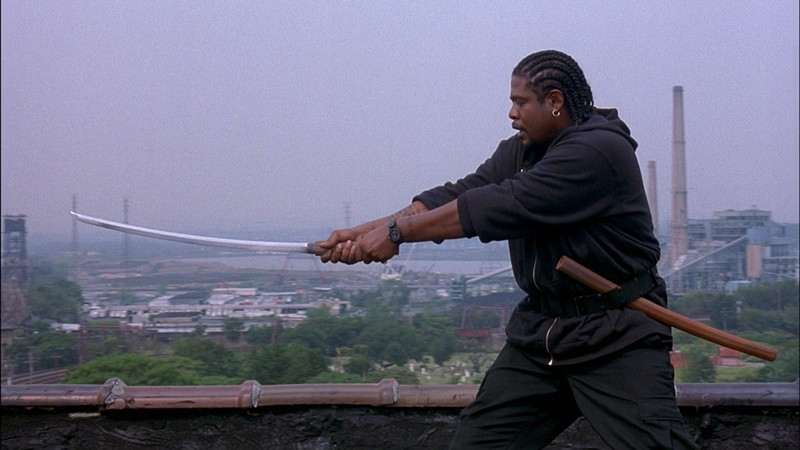
In this film, Jim Jarmusch displays one of his most unique characters (and one should consider that all of his characters are), a mercenary and assassin played by Forest Whitaker who follows the samurai code – he is Ghost Dog.
The mysterious character is an extremely weird combination of contemporary interest such as hip-hop and old fashioned values adapted to his context. Ghost Dog is able to display the highest cold blood at the same time that he displays the highest degree of loyalty.
The film is also full of episode in which people communicate in strange ways. First of all, the best friend of Ghost Dog is an ice cream salesman who only speaks French, while Ghost Dog only speaks English. The two friends speak in their own languages, but there are moments in which they appear to understand each other.
Ghost Dog also becomes friends with a little kid who taught him how to communicate with a dog. Through these episodes, the films reveals a deeper truth on human communication.